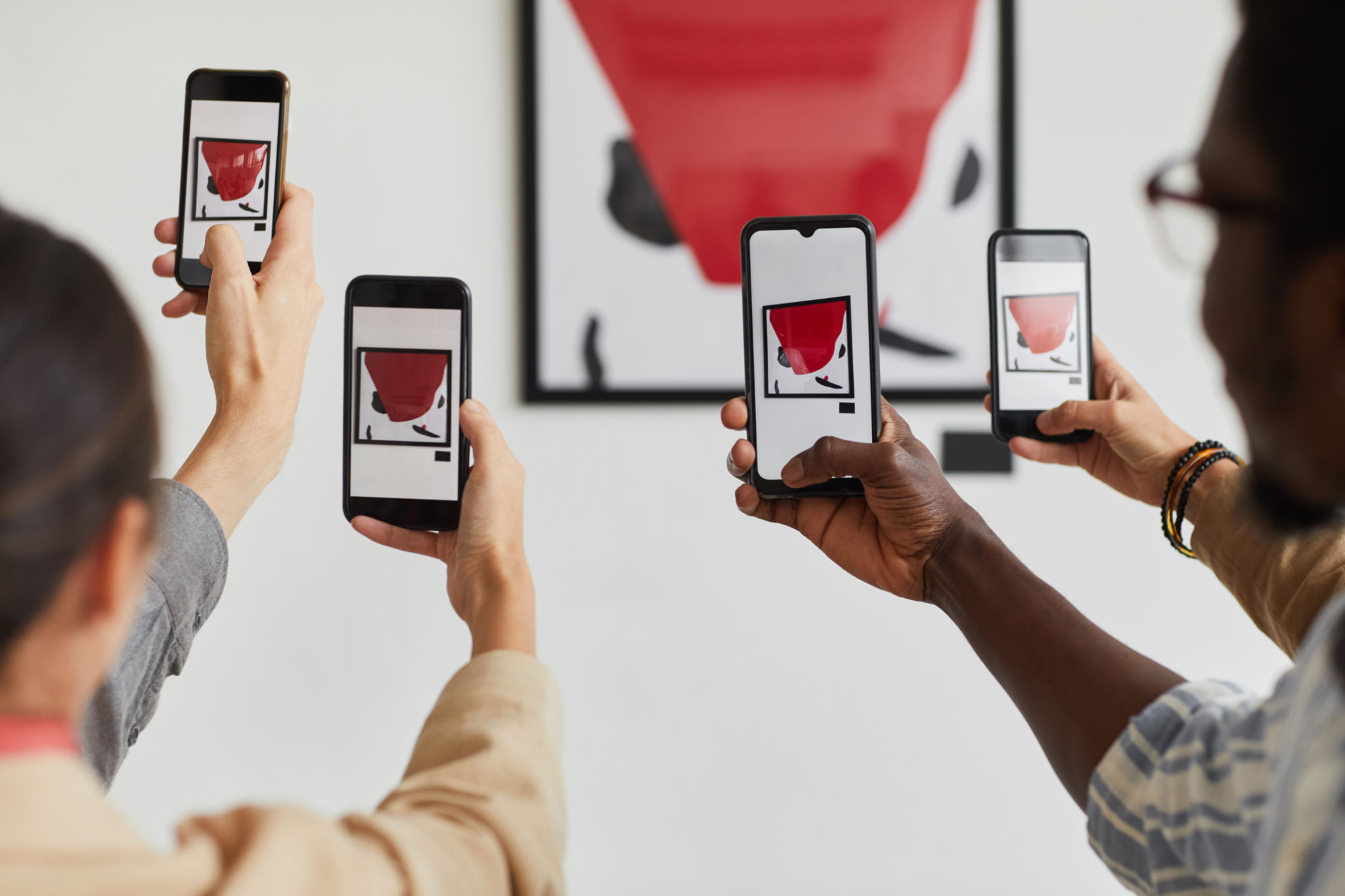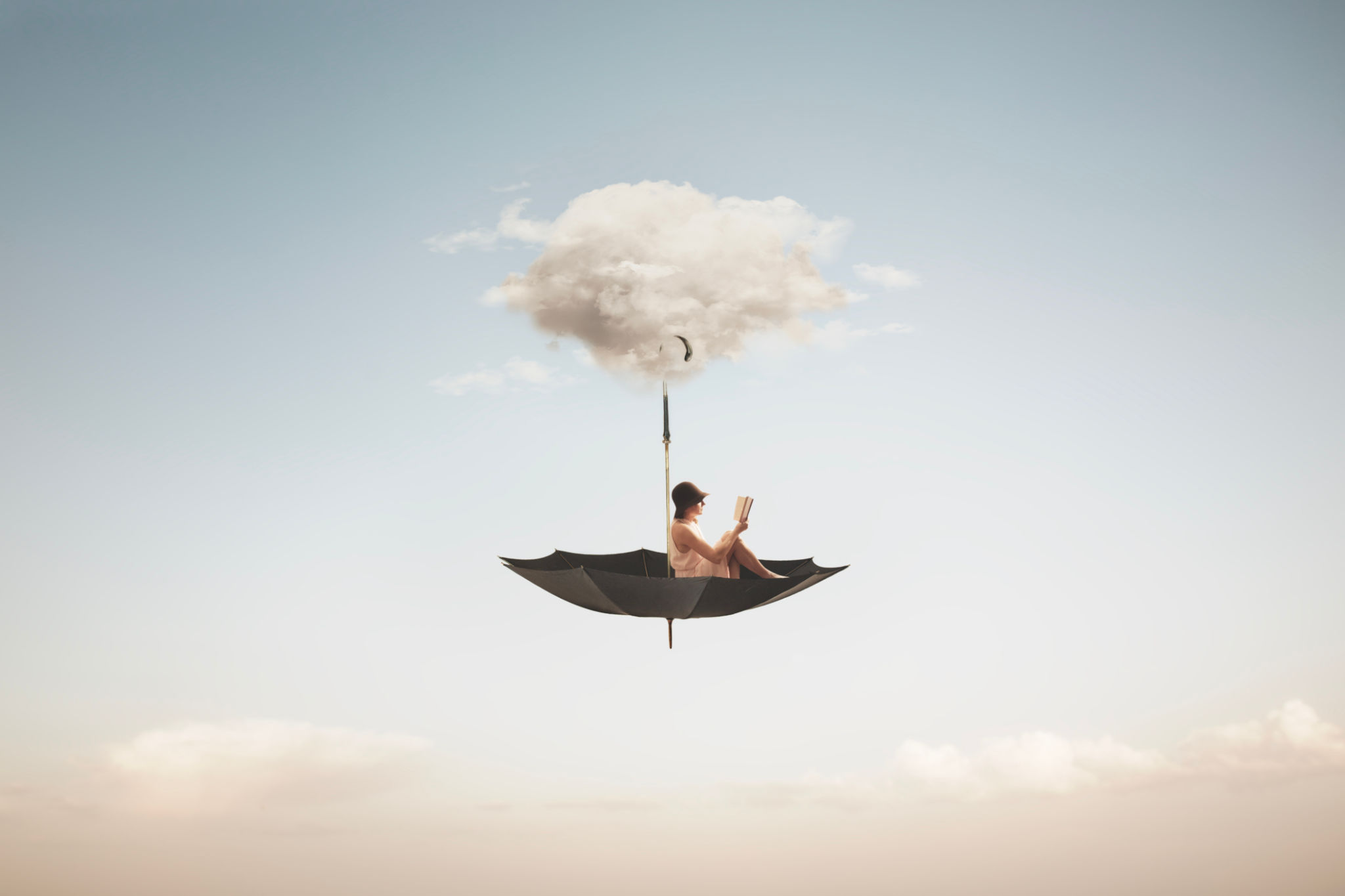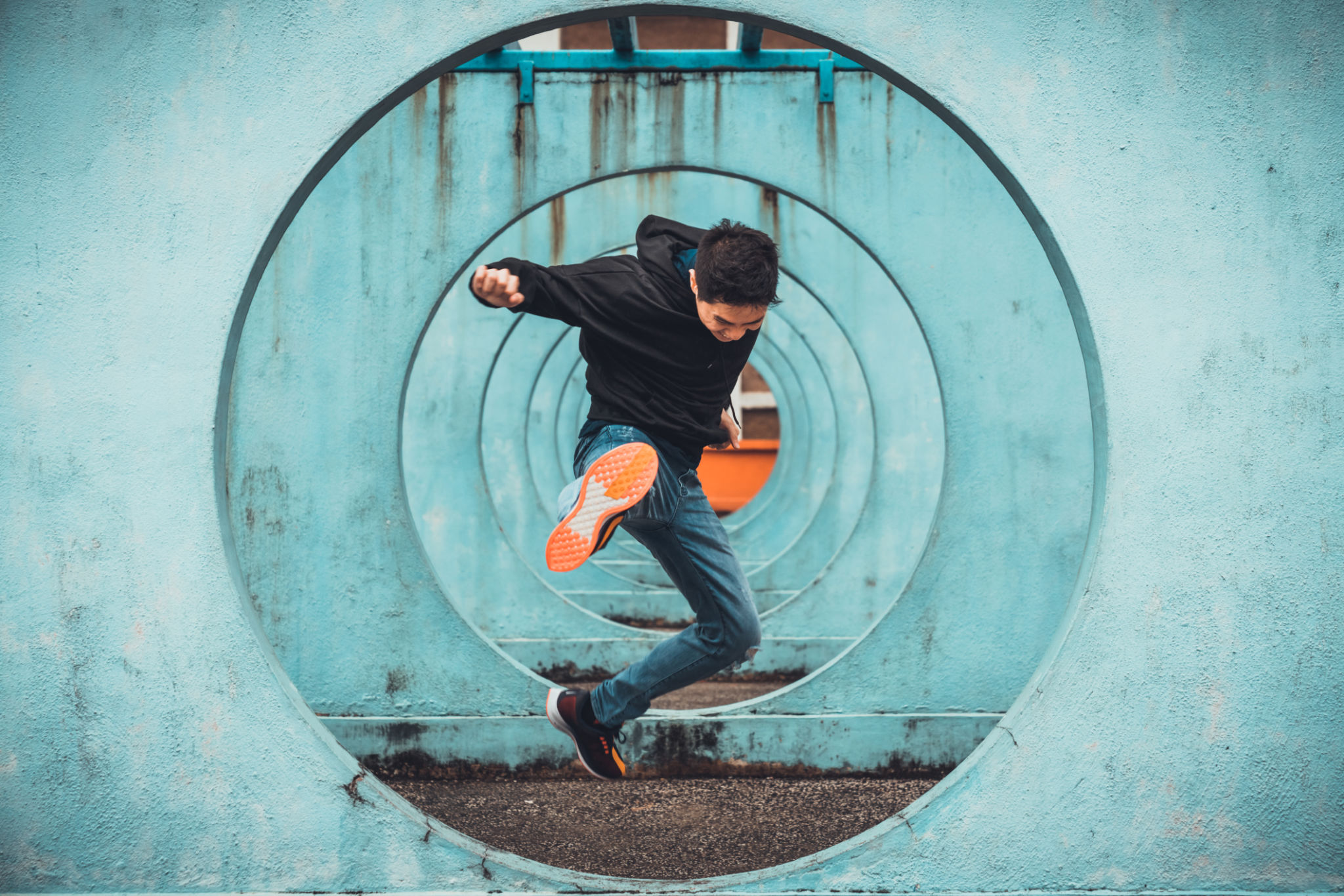How Editorial Photography Shapes Museum Exhibits
HM
Introduction to Editorial Photography in Museums
Editorial photography plays a crucial role in shaping how museum exhibits are perceived by the public. This unique form of photography goes beyond mere documentation; it tells a story, evokes emotions, and enhances the overall narrative of an exhibit. By capturing the essence of an exhibit, editorial photography can influence how visitors engage with the artwork and artifacts on display.
Museums often rely on editorial photographers to create compelling images that can be used in promotional materials, catalogs, and online content. These images serve as a bridge between the exhibit and potential visitors, sparking interest and encouraging attendance.

The Art of Storytelling Through Photography
Editorial photography is all about storytelling. Unlike straightforward product photography, which focuses solely on the object itself, editorial photography captures the context and emotion surrounding an exhibit. This approach allows photographers to weave a narrative that resonates with viewers, offering a deeper understanding of the themes and messages conveyed by the exhibit.
For instance, a photograph of a historical artifact might be framed in such a way that it highlights its cultural significance or the era it originates from. This storytelling element can help museum-goers connect with the exhibit on a more personal level.

Enhancing Visitor Engagement
By presenting exhibits through evocative editorial photography, museums can create a more engaging experience for visitors. Photographs that capture the mood and ambiance of an exhibit can evoke curiosity and inspire exploration. Visitors are more likely to feel connected to exhibits they have seen portrayed in intriguing ways.
Moreover, editorial photography can serve as an educational tool. By highlighting specific details or offering unique perspectives, these images can provide visitors with insights they might not gain through text descriptions alone.

Role in Marketing and Promotion
Editorial photography is also a powerful marketing tool for museums. High-quality images can be used across various platforms, including social media, websites, and print materials, to attract a broader audience. When potential visitors see captivating images associated with an exhibit, they are more likely to take interest and plan a visit.
Museums can benefit from creating a cohesive visual identity through editorial photography. Consistent imagery that aligns with the museum's brand can strengthen recognition and build a connection with audiences over time.
Challenges and Considerations
While editorial photography offers many benefits, it also comes with challenges. Photographers must work closely with curators and designers to ensure that their images accurately represent the exhibit's theme while appealing to the target audience. Balancing artistic expression with factual accuracy is essential.
Additionally, photographers must navigate logistical considerations such as lighting, space constraints, and visitor traffic during shoots. Despite these challenges, skilled photographers can turn limitations into opportunities for creativity.

Conclusion
In conclusion, editorial photography significantly shapes how museum exhibits are perceived and experienced. By telling compelling stories and enhancing visitor engagement, these photographs play an integral role in connecting audiences with art and history. As museums continue to evolve, the importance of editorial photography in creating memorable and meaningful exhibits will only grow.